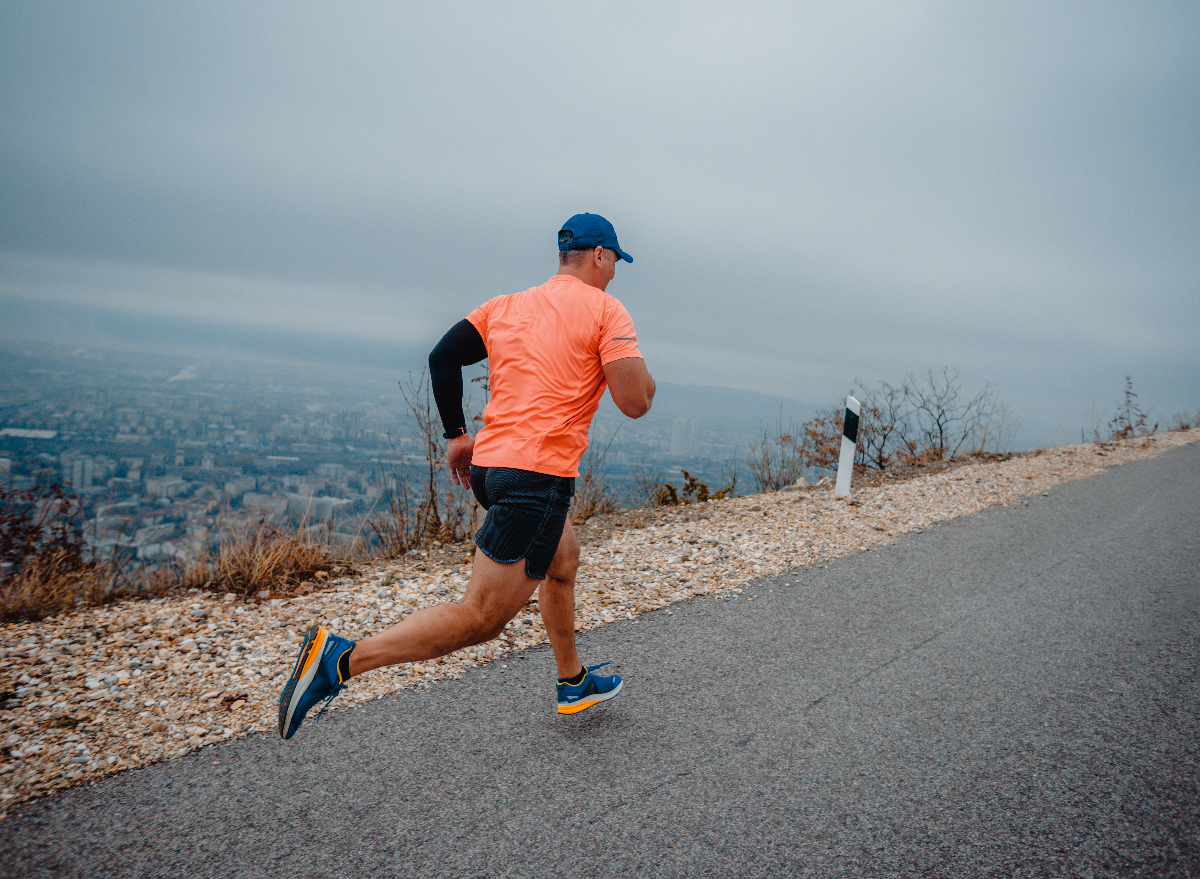Release Your Prospective: Running Strategy Fundamentals for Peak Performance
Release Your Prospective: Running Strategy Fundamentals for Peak Performance
Blog Article
Dealing With Common Running Discomforts: Reasons, Solutions, and Prevention
As runners, we often run into different pains that can hinder our efficiency and satisfaction of this physical task. From the debilitating discomfort of shin splints to the irritating IT band disorder, these common operating discomforts can be frustrating and demotivating. Recognizing the causes behind these conditions is important in successfully resolving them. By checking out the origin reasons for these operating pains, we can reveal targeted options and safety nets to ensure a smoother and extra satisfying running experience (a fantastic read).
Typical Running Discomfort: Shin Splints
Shin splints, a typical running discomfort, commonly result from overuse or incorrect footwear during exercise. This condition, clinically recognized as median tibial stress syndrome, shows up as pain along the internal edge of the shinbone (tibia) and is widespread among athletes and joggers. The repeated stress and anxiety on the shinbone and the tissues attaching the muscle mass to the bone results in swelling and discomfort. Runners that swiftly increase the intensity or period of their exercises, or those that have level feet or incorrect running techniques, are specifically susceptible to shin splints.
To avoid shin splints, people should slowly increase the strength of their exercises, put on suitable footwear with proper arch support, and keep flexibility and toughness in the muscular tissues bordering the shin (running workout). In addition, integrating low-impact activities like swimming or cycling can help keep cardiovascular health and fitness while allowing the shins to heal.
Usual Running Discomfort: IT Band Syndrome
In addition to shin splints, one more common running discomfort that professional athletes often run into is IT Band Syndrome, a problem brought on by inflammation of the iliotibial band that leaves the external upper leg and knee. IT Band Disorder commonly manifests as pain outside of the knee, especially during tasks like running or cycling. The iliotibial band is a thick band of fascia that connects the hip to the shin, and when it comes to be swollen or limited, it can scrub against the upper leg bone, bring about pain and pain.
Runners experiencing IT Band Disorder might discover a stinging or hurting feeling on the outer knee, which can worsen with ongoing task. Elements such as overuse, muscle inequalities, incorrect running type, or inadequate workout can add to the development of this problem. To stop and reduce IT Band Disorder, joggers ought to concentrate on stretching and strengthening workouts for the hips and thighs, correct footwear, steady training development, and attending to any biomechanical concerns that may be aggravating the issue. Ignoring the signs and symptoms of IT Band Syndrome can bring about chronic concerns and extended recuperation times, highlighting the importance of early treatment and appropriate monitoring techniques.
Usual Running Pain: Plantar Fasciitis

Plantar Fasciitis can be attributed to different aspects such as overtraining, inappropriate shoes, working on hard surfaces, or having high arches or flat feet. To avoid and minimize Plantar Fasciitis, joggers can integrate extending workouts for the calf bones and plantar fascia, use encouraging shoes, keep a healthy and balanced weight to reduce strain on the feet, and gradually increase running intensity to avoid sudden stress on the plantar fascia. If symptoms persist, it is advised to consult a healthcare professional for correct medical diagnosis and therapy choices to attend to the condition efficiently.
Common Running Pain: Jogger's Knee
After resolving the difficulties of Plantar Fasciitis, one more widespread concern that joggers commonly encounter is Runner's Knee, an usual running pain that can prevent sports efficiency and trigger pain throughout exercise. Runner's Knee, also called patellofemoral discomfort disorder, materializes as discomfort around or behind the kneecap. This condition is usually attributed to overuse, muscle inequalities, incorrect running strategies, or issues with the alignment of the kneecap. Runners experiencing this discomfort may feel a plain, hurting pain while running, rising or down stairways, or after prolonged durations of sitting. To protect against Jogger's Knee, it is important to incorporate correct warm-up and cool-down regimens, maintain solid and balanced leg muscular tissues, use proper footwear, and gradually raise running intensity. If signs and symptoms continue, inquiring from a healthcare expert or a sports medicine professional is recommended to detect the underlying cause and establish a customized treatment strategy to reduce the discomfort and stop further issues.
Typical Running Discomfort: Achilles Tendonitis
Commonly afflicting runners, Achilles Tendonitis is an excruciating condition that affects the Achilles tendon, triggering pain and prospective constraints in exercise. The Achilles ligament is a thick band of tissue that connects the calf muscles to the heel bone, important for tasks like running, leaping, and strolling - click here now. Achilles Tendonitis frequently establishes as a result of overuse, inappropriate footwear, inadequate stretching, or unexpected rises in exercise
Symptoms of Achilles Tendonitis include pain and tightness along the ligament, specifically in the early morning or after durations of inactivity, swelling that worsens with activity, and potentially bone spurs in chronic situations. To stop Achilles Tendonitis, it is necessary to stretch properly before and after running, wear suitable why not check here footwear with appropriate assistance, slowly raise the intensity of exercise, and cross-train to lower recurring anxiety on the tendon. Treatment may include rest, ice, compression, elevation (RICE protocol), physical therapy, orthotics, and in severe instances, surgery. Early treatment and correct treatment are vital for taking care of Achilles Tendonitis successfully and stopping long-lasting problems.
Conclusion

Report this page